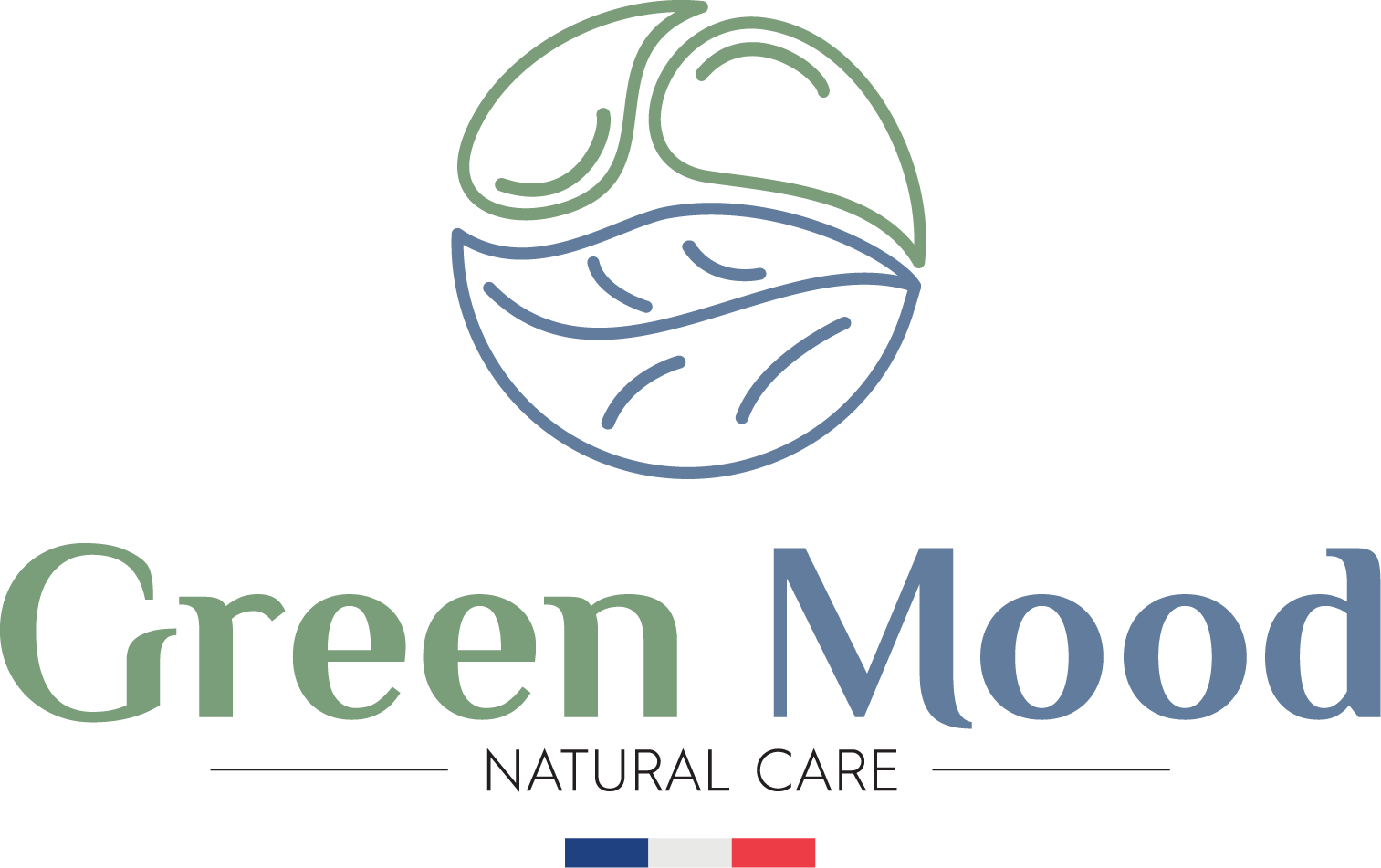In recent years, there has been a growing awareness of the impact of conventional cleaning products on both our health and the environment. As a result, many people are seeking out natural alternatives that are safer for their families and the planet. However, not all products marketed as “natural” are created equal, and it’s essential to know how to distinguish genuinely safe options from those that may still contain harmful ingredients. In this guide, we’ll explore how to recognize natural cleaning products that are genuinely safe to use.
Check the Ingredients List
One of the most critical steps in determining the safety of a cleaning product is to review its ingredients list. Look for products that contain plant-powered ingredients and avoid those that include synthetic chemicals such as phthalates, parabens, irritant & dangerous sulphates, and artificial fragrances. Natural plant-derived ingredients like citric acid, vinegar, baking soda, citrus extracts, and essential oils are often effective alternatives to harsh chemicals. Please read our article on Toxic Ingredients to Avoid so you have a better idea of what to look for when reading the ingredient list.
Look for Third-Party Certifications
To ensure that a cleaning product meets certain safety and environmental standards, look for third-party certifications on the packaging. Organisations like the Ecocert Greenlife Eco-detergent, Ecogarantie, and the EU Eco Label seal can indicate that a product has been independently verified to meet specific criteria for safety and sustainability. To learn more about Eco Labels, please read our blog post about recognizing an ecological cleaning product.
Consider Packaging
In addition to the ingredients themselves, consider the packaging of the cleaning product. Opt for options that use minimal packaging and prioritise recyclable or biodegradable materials. Refillable or bulk options can also help reduce waste and minimise environmental impact. Also, when you purchase products packaged in a recyclable material, please double check that they use mono material for things like pump or spray as it will be more easily recyclable.
Evaluate Performance
While safety is paramount, it’s also essential to consider the effectiveness of a natural cleaning product. Look for products that are proven to clean effectively without the use of harsh chemicals. Keep in mind that natural alternatives may require some experimentation to find the right product for your specific cleaning needs. Also, be aware that some ecological certifications ask for the product’s efficiency to be tested for it to be certified. This is the case with Ecogarantie, the certification company we are proud to be members of.
Avoid Greenwashing
Unfortunately, not all products labelled as “natural” or “eco-friendly” live up to their claims. Be wary of greenwashing, where companies use misleading marketing tactics to portray their products as safer or more environmentally friendly than they actually are. Take the time to scrutinise product labels and do your research to ensure that you’re making informed choices.
DIY Options
In some cases, the safest and most cost-effective cleaning solutions can be made right at home using simple ingredients like vinegar, baking soda, and lemon juice. DIY cleaning recipes abound online and can be customised to suit your preferences and cleaning needs. Though, you must remember that some mixtures can be very dangerous and volatile so please always be cautious.
By following these guidelines, you can make informed choices when selecting natural cleaning products that are safe for your family and the environment. By prioritising products made with plant-based ingredients, third-party certifications, and sustainable packaging, you can contribute to a healthier home and a cleaner planet. Remember to do your research, and read labels carefully. With a little effort, you can maintain a clean and healthy home while minimising your impact on the environment.

